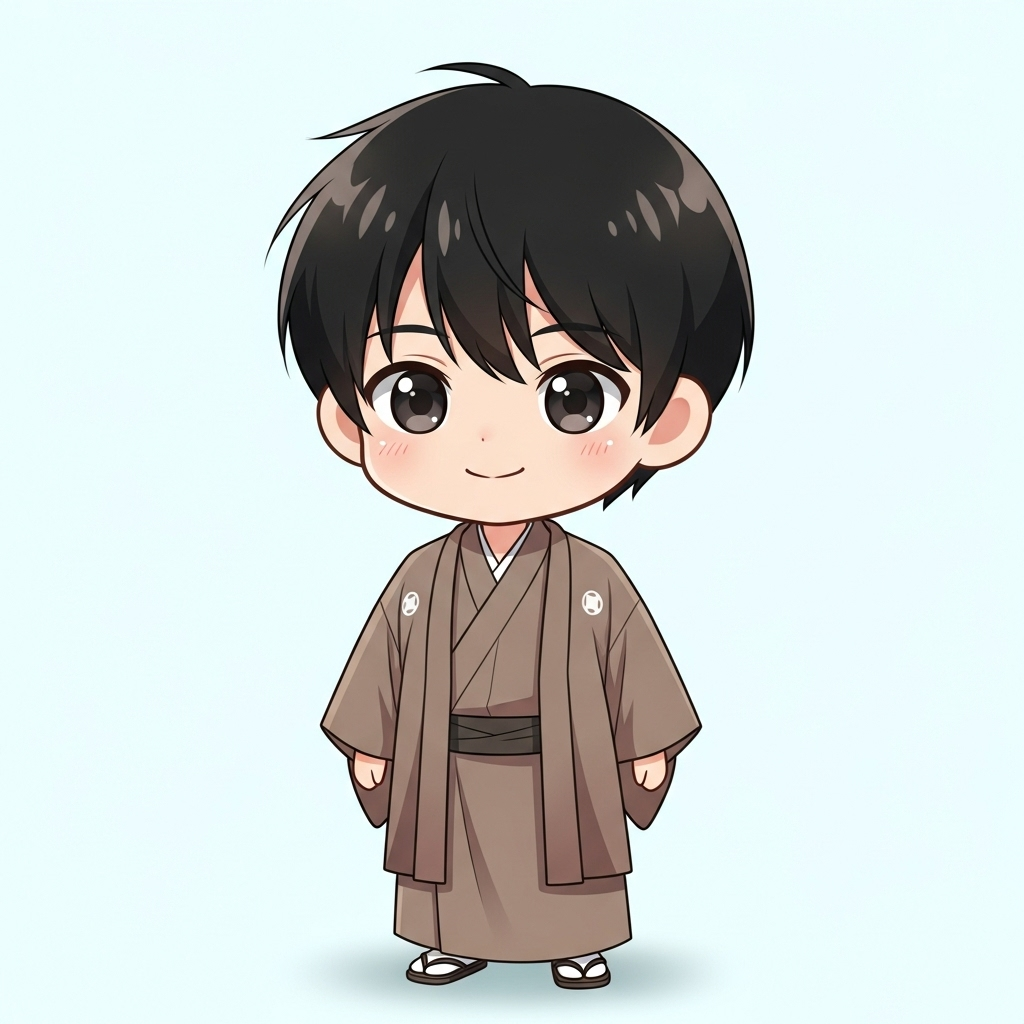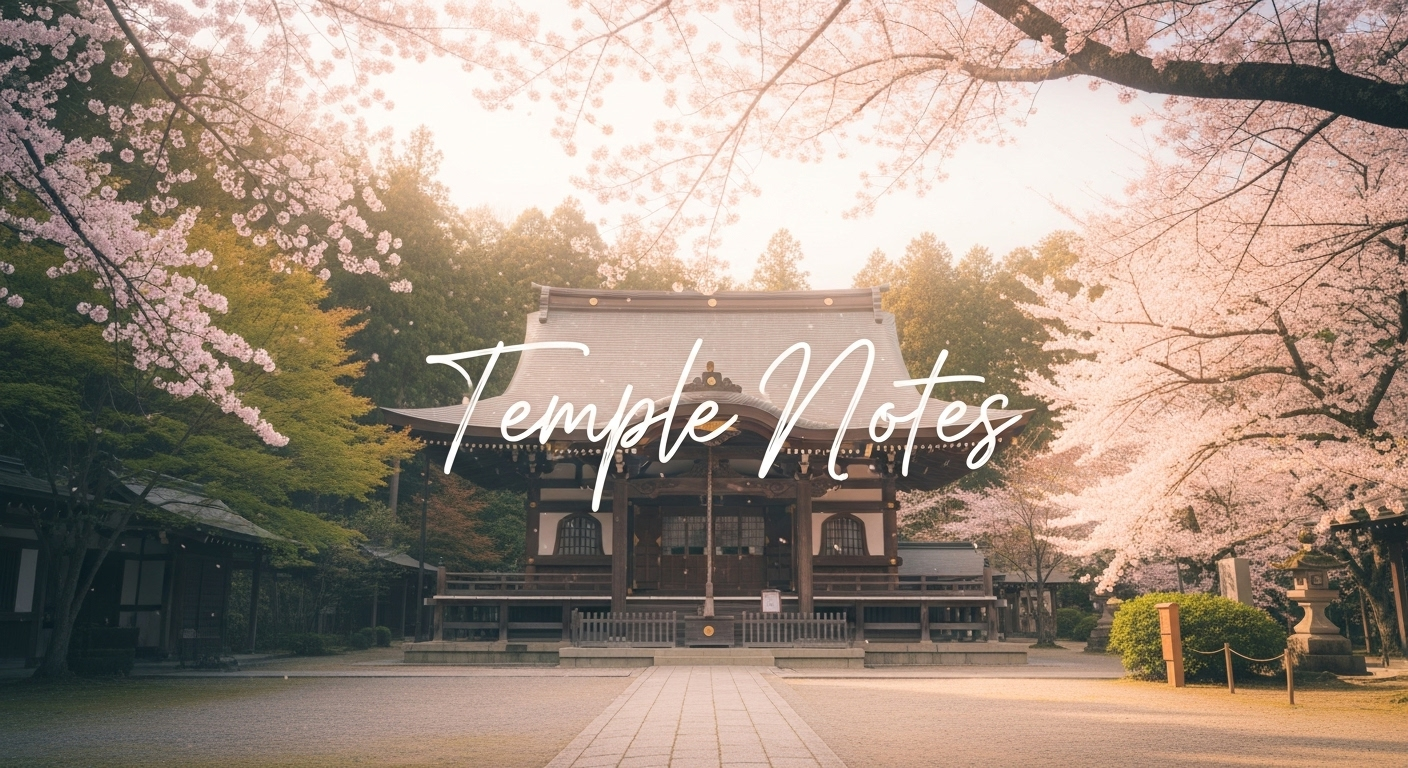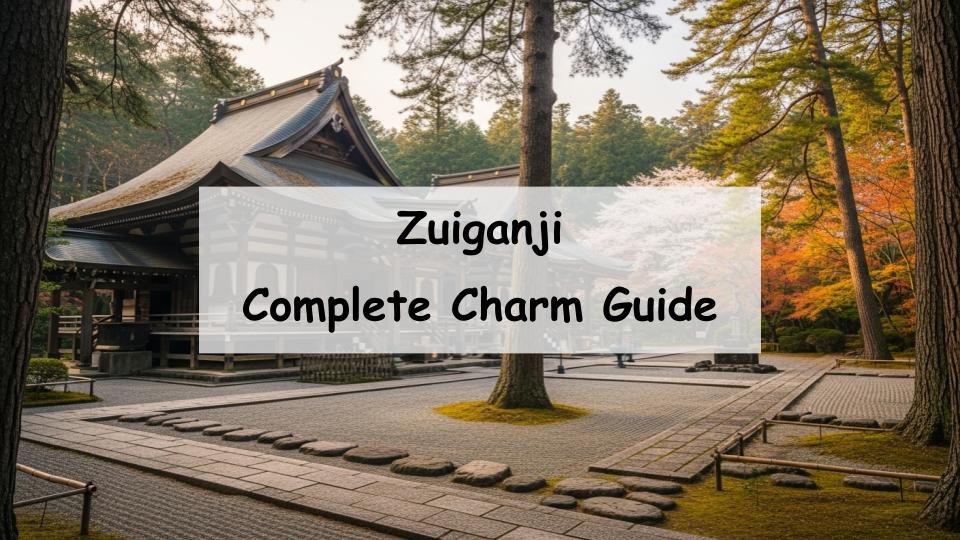If you’re wondering, “What kind of temple is Zuigan-ji? What can I see there? How do I get there?”, you’re in the right place.
To give you a clear answer: Zuigan-ji is one of the most historically significant and visually stunning Zen temples in the Tohoku region, located in Matsushima, Miyagi Prefecture. Recognized as a National Treasure, its magnificent architecture, deep cultural heritage, and seasonal beauty captivate visitors year-round.
This article will walk you through the history, must-see features, architectural highlights, event information, access details, and practical tips for visiting. Whether you’re planning your first visit or a return trip, this guide will help you make the most of your time at Zuigan-ji.
- What is Zuigan-ji? A Look at Its History and Key Facts
- Highlights and Must-Sees at Zuigan-ji
- Architecture and Design Features of Zuigan-ji
- Seasonal Events and Best Times to Visit
- How to Get to Zuigan-ji and What’s Nearby
- Tips for Visiting Zuigan-ji
- Conclusion: Zuigan-ji, a Soulful Masterpiece in the Heart of Tohoku
- A Message from the Guide
What is Zuigan-ji? A Look at Its History and Key Facts
Historical Background of Zuigan-ji
Zuigan-ji traces its origins back to the Heian period, originally established as a Tendai sect temple called Enpuku-ji. Later, in the Kamakura period, it was reformed into a Zen temple, and finally, in the early Edo period, the powerful daimyo Date Masamune rebuilt it as a major Rinzai Zen temple under the Myoshin-ji school. The temple has endured centuries of political change, natural disasters, and cultural evolution, making it a symbol of both religious and regional resilience.
The Connection Between Date Masamune and Zuigan-ji
Date Masamune played a central role in the reconstruction of Zuigan-ji. With his patronage, the temple was transformed into a masterpiece of Momoyama-period architecture, incorporating the latest styles and artistic trends of the time. His influence remains evident in the temple’s design and preserved cultural treasures, many of which are designated as Important Cultural Properties and National Treasures.
Basic Information (Location, Hours, Admission)
Zuigan-ji is located in Matsushima, Miyagi Prefecture, just a five-minute walk from JR Matsushima-Kaigan Station. It is open daily from 8:30 AM to 5:00 PM, though hours may vary by season. Admission is ¥700 for adults, ¥400 for junior high and high school students, and ¥150 for children. The temple grounds and accompanying museum can easily fill half a day for those exploring thoroughly.
Highlights and Must-Sees at Zuigan-ji
The National Treasure Main Hall
Zuigan-ji’s main hall is an architectural gem and a designated National Treasure. Built in the Momoyama style, it features traditional shoin-zukuri elements with elaborate woodwork and refined symmetry. Inside, you’ll find exquisite fusuma (sliding doors) and wall paintings created by artists of the Kano School, showcasing the peak of early Edo-period aesthetics.
Seasonal Beauty Throughout the Grounds
The temple grounds are serene and beautifully landscaped, offering a peaceful atmosphere in every season. Cherry blossoms brighten the spring, lush greenery soothes in summer, vivid autumn leaves paint the temple in red and gold, and a dusting of snow brings tranquil silence in winter. Each season offers a unique reason to return.
Cave Relics and Zen Atmosphere
Surrounding the temple are numerous caves carved into the cliffs, known as meditation or memorial caves. These stone-carved spaces were once used by monks for training and by families for ancestral offerings, embodying the spiritual depth and silent reverence of Zen culture.
Rare Exhibits in the Zuigan-ji Museum
Cultural Treasures: Paintings, Calligraphy, and Statues
Inside the museum, you’ll find original artworks by the Kano School, intricately carved Buddhist statues, and historical calligraphy. These pieces reflect the religious, cultural, and artistic values preserved by the temple over centuries.
Artifacts Related to the Date Clan
The museum also houses items connected to the Date family, including armor, religious tools, and historical documents. These relics paint a vivid picture of life during the feudal era and deepen the historical significance of the temple.
Architecture and Design Features of Zuigan-ji
Refined Shoin-Zukuri Style
The temple’s architecture follows the shoin-zukuri style, known for its formal layout and elegant lines. Features like alcoves, latticed windows, and wooden floors create a harmonious space that reflects the Zen philosophy of clarity and balance.
Magnificent Kano School Paintings
The sliding door panels and wall paintings throughout the main hall are works by artists of the prestigious Kano School. With gold-leaf backgrounds and richly painted scenes of nature and animals, these artworks embody luxury and spiritual symbolism in perfect harmony.
Zen Gardens and Quiet Aesthetic
Outside the buildings lies a traditional Zen garden with white gravel, moss, and carefully placed stones. This garden offers a peaceful place for reflection and enhances the overall spiritual ambiance of Zuigan-ji.
Seasonal Events and Best Times to Visit
Cherry Blossoms and Autumn Leaves
Zuigan-ji is renowned as one of Matsushima’s top seasonal destinations. In spring, cherry blossoms frame the temple beautifully. In autumn, vibrant foliage draws photographers and visitors from around Japan. The blending of natural and architectural beauty is truly memorable.
Annual Ceremonies and Events
Throughout the year, the temple hosts a variety of events such as New Year’s rituals, the Obon ceremony, and memorials for Date Masamune. These traditions offer a glimpse into both local religious practices and historical reverence.
Special Access Days for Visitors
On select days, special exhibitions and limited-time access to areas usually closed to the public are available. Checking the official website beforehand allows you to plan your visit around these exclusive opportunities.
How to Get to Zuigan-ji and What’s Nearby
By Train, Bus, or Car
Zuigan-ji is easy to reach. From Sendai Station, take the JR Senseki Line to Matsushima-Kaigan Station, then walk about 5 minutes. Buses and tour options are also available. If driving, take the Tohoku Expressway to Yamato IC and continue for about 40 minutes.
Parking, Crowds, and Visitor Tips
Several paid parking lots are available near the temple, but they can fill quickly during weekends and holidays. To avoid crowds, visit early in the morning or during weekdays. Being prepared helps ensure a smoother experience.
Nearby Attractions in the Matsushima Area
Don’t miss other local highlights like the Matsushima Bay Cruise, Godaido Hall, and Entsu-in Temple. With so much to see within walking distance, Zuigan-ji fits perfectly into a full-day Matsushima itinerary.
Tips for Visiting Zuigan-ji
Dress and Etiquette for First-Time Visitors
Zuigan-ji is an active temple, so respectful attire and quiet behavior are expected. Remove your shoes where indicated and speak softly within sacred areas to preserve the tranquil atmosphere.
Photo Spots and Instagram-Worthy Views
The main hall, stone paths, pine groves, and seasonal landscapes all offer fantastic photo opportunities. However, photography is restricted in certain areas, so follow all posted guidelines and staff instructions.
Ideal Times and Itinerary Suggestions
For a peaceful experience, visit early in the morning. Start with the main hall, then explore the gardens and museum at a relaxed pace. A slow, mindful approach helps you absorb the temple’s beauty and spiritual depth.
Conclusion: Zuigan-ji, a Soulful Masterpiece in the Heart of Tohoku
Revisiting Zuigan-ji’s Historical and Spiritual Appeal
Zuigan-ji represents a unique blend of art, history, and Zen philosophy. Its tranquil grounds and beautifully preserved architecture offer a meditative retreat and a glimpse into the refined culture of the Edo period.
Why Zuigan-ji Belongs in Your Travel Plans
Easily accessible, rich in history, and visually stunning, Zuigan-ji is a must-see destination for anyone exploring northeastern Japan. Whether you’re a history buff, an architecture lover, or a spiritual seeker, Zuigan-ji promises a memorable and enriching experience.
A Message from the Guide

Visit Zuigan-ji along with Matsushima, one of Japan’s Three Scenic Views!






Comment